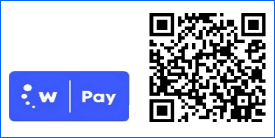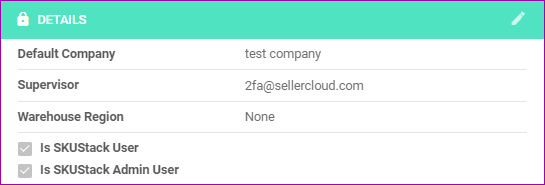The latest Skustack App version now supports adding custom notes in Warehouse to Warehouse transfers. Any notes added in the App will also be displayed in the Skustack Admin Portal and in Sellercloud. Additionally, when searching in the Warehouse Transfer module, you now have the option to Exclude fully received transfers by checking the box. This way, the results will only contain transfers that are still in progress.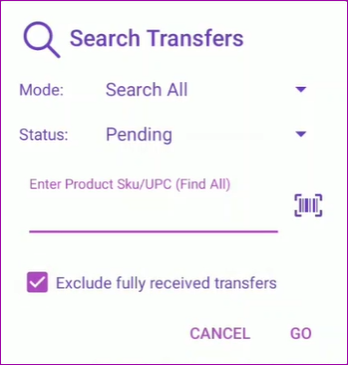
Sort Products Alphabetically
We have added a new setting in the Invoice tab of the Shipbridge Options: Sort items by Product ID. Enable to ensure the order item list in all packing slips printed in Shipbridge is sorted alphabetically based on Product ID.
Manage Pallets in Skustack
We have added a new functionality to Skustack: Manage Pallets. Pallets are typically used as a base for assembling, storing, and transporting goods within a warehouse or during shipment, allowing you to stack and handle goods as a single unit load and eliminating the need for individual unit processing. Within the Skustack system, pallets are treated as distinct groups of units that are not associated with specific Bins upon creation.
You can create individual pallets in the Skustack App or import them in bulk within the Admin Portal.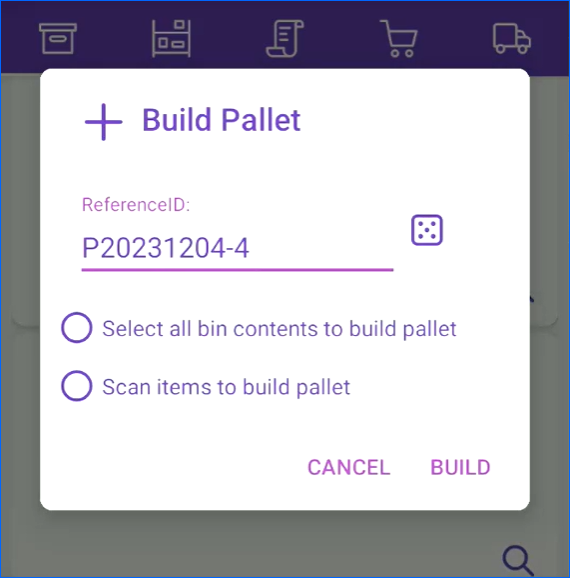
Product Serials Report in Delta
We have added the Product Serials Report to our Delta interface. Previously only available in the Skustack Admin Portal, you can now track the history of product activity, such as Purchase Orders, Orders, and FBA Inbound Shipments, associated with specific Serial Numbers.
Rule Engine: Add Order Item
We have created a new action in the Order Rule Engine to Add Order Item. With this action, you can automate adding specific SKUs to orders based on the rule’s conditions. You can select one SKU per action, and you will have to configure the price and quantity to appear on the order. This can be especially useful when items in your catalog require a digital product, such as a warranty or insurance. Another use can be to add complimentary items or samples along with the original order, based, for example, on the customer. 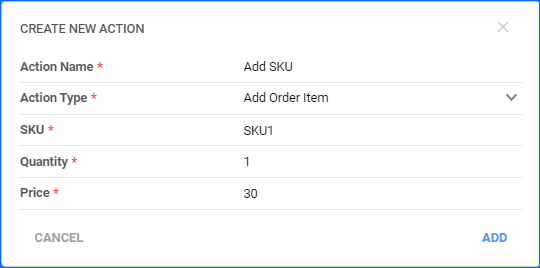
Skustack Admin Login Restrictions
We have added a new security measure regarding which users have access to the Skustack Admin Portal. Going forward, only client Admins will automatically have the ability to log in. All users marked as Employees will need to be invited by a Client Admin. This can be done in two ways within the Admin Portal:
API Endpoints | Split PO, Get PO by View, Get PO Views, and Update Order Columns
We have added four new endpoints to our Rest API:
- Split Purchase Order – use this endpoint for cases when you need to Split an existing Purchase order.
- Get Purchase Orders By View – use this endpoint to get the details of a list of Purchase orders by using an existing PO Saved View.
- Get PO Saved Views – use this endpoint to get the list of your existing Purchase Order Saved Views. The response body will return a list of your Saved views, including the View Name and numerical ID.
- Update Multiple Custom Columns for Order – use this endpoint to update the values for multiple existing Custom Order Columns at once.
Order Rule Engine: Execute on List of Orders
We have added a new action to the Rule Details page in the rule engine, which allows you to execute the specific rule on a specific list of orders. Go to the specific Rule, where you will see a few icons in the top right corner of the General panel, and click the first icon to Execute Rule on Orders… You can either enter a single Sellercloud Order ID or a list separated by commas.
Word2PDF Invoice Sort Products and Include Custom Columns
We have updated the existing Client Setting Sort Invoice Product IDs Alphabetically to apply when the selected invoice is a Word2PDF template. While previously, this only worked when using the Sellercloud General Invoice format, you can now ensure that the Order Items are sorted alphabetically in the order items table by enabling this setting. Additionally, we have added support for a new placeholder #?CCProduct_ColumnName?#. Substitute ColumnName with the name of a Custom Product column, and the Invoice will include that column’s value in the order items table.
Placeholders for Product ASIN and WayToPay.me Links
We have added support for a few new placeholders you can use in Word2PDF Invoice templates. You can now add #?ASIN?#, which will pull the ASIN of the ordered product and add it to the PDF Invoice. Additionally, we have added three new placeholders that provide a shortcut for your customers to their order’s Waytopay.me link, where they can make payments for purchased items. You can now use:
- #?WayToPayLink?# – a clickable Waytopay.me link for the specific order.
- #?WayToPayLinkImage?# – a clickable Waytopay.me logo, which takes the customer to their order.
- #?WayToPayLinkQR?# – scannable QR Code that takes the customer to their order in Waytopay.me.
If you add any of the mentioned Waytopay.me placeholders in your template, they will only display when you generate a PDF Invoice for an Order that is Unpaid.